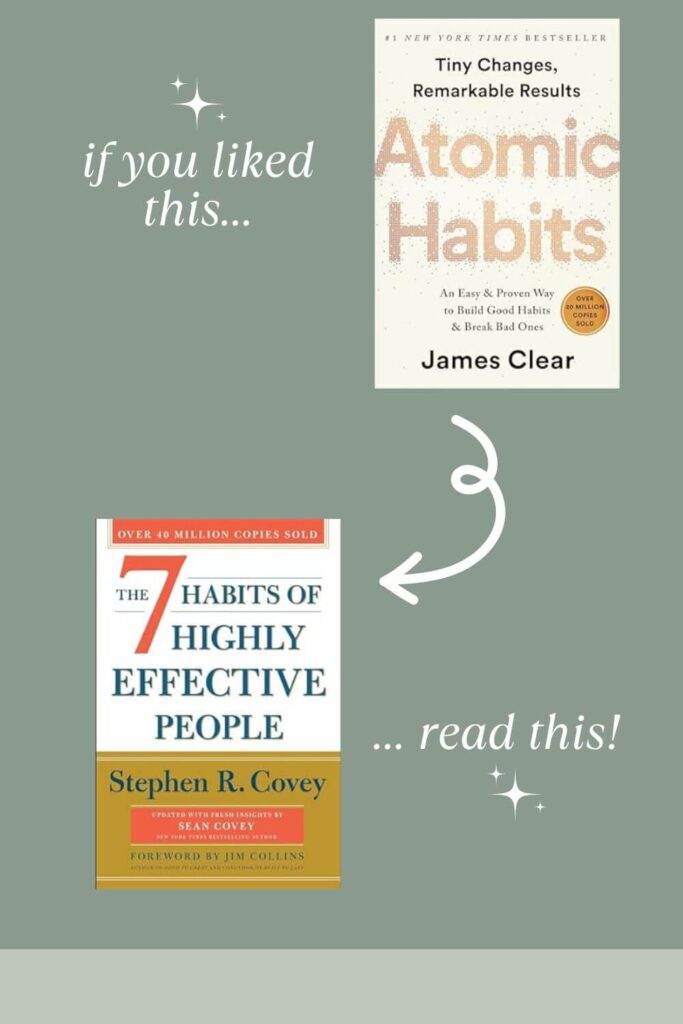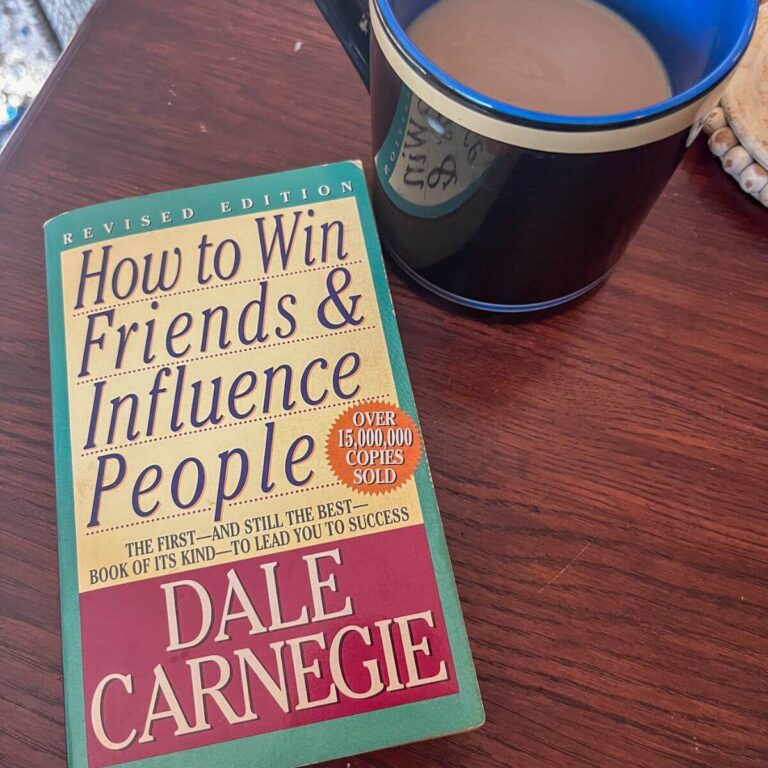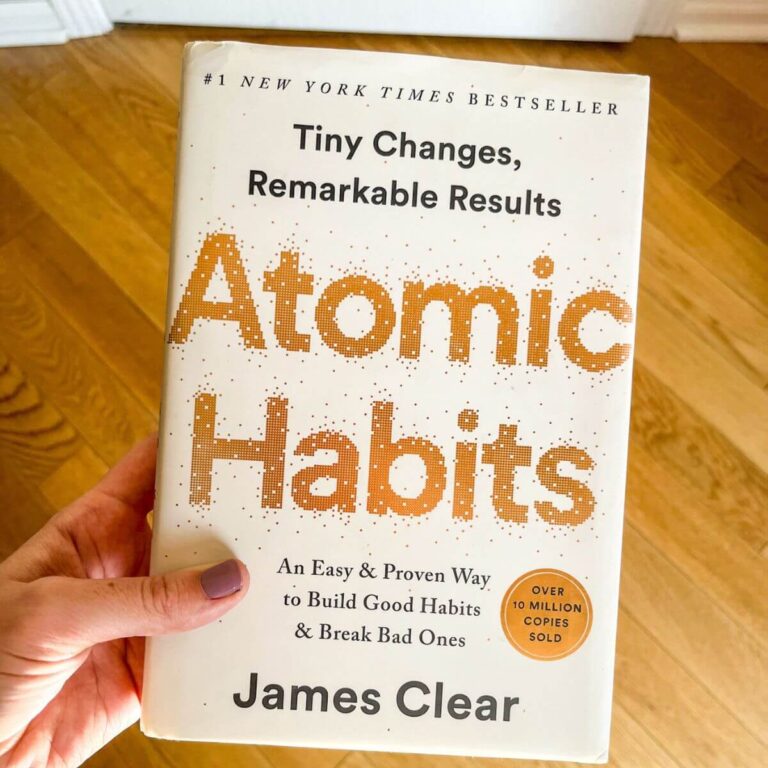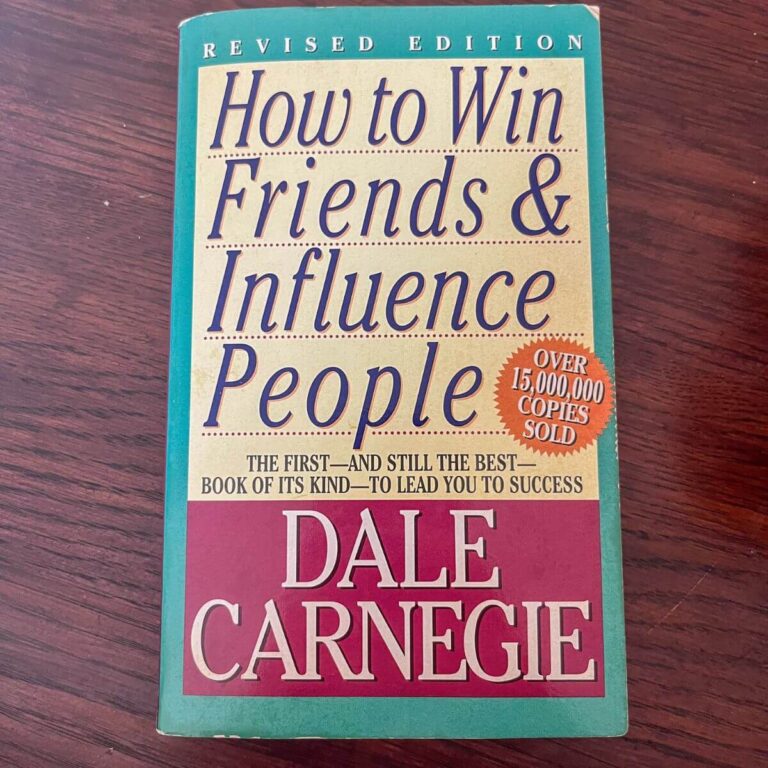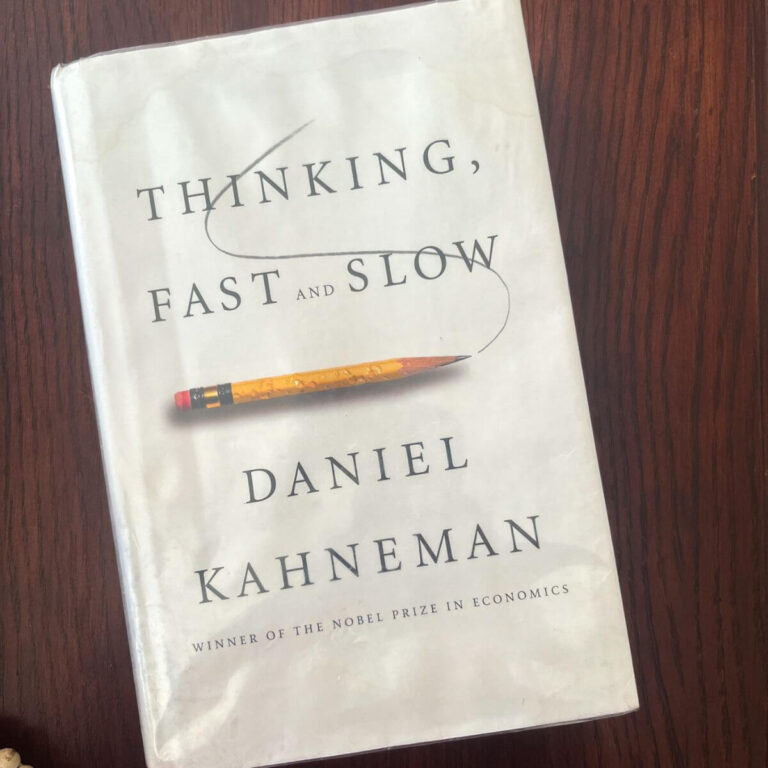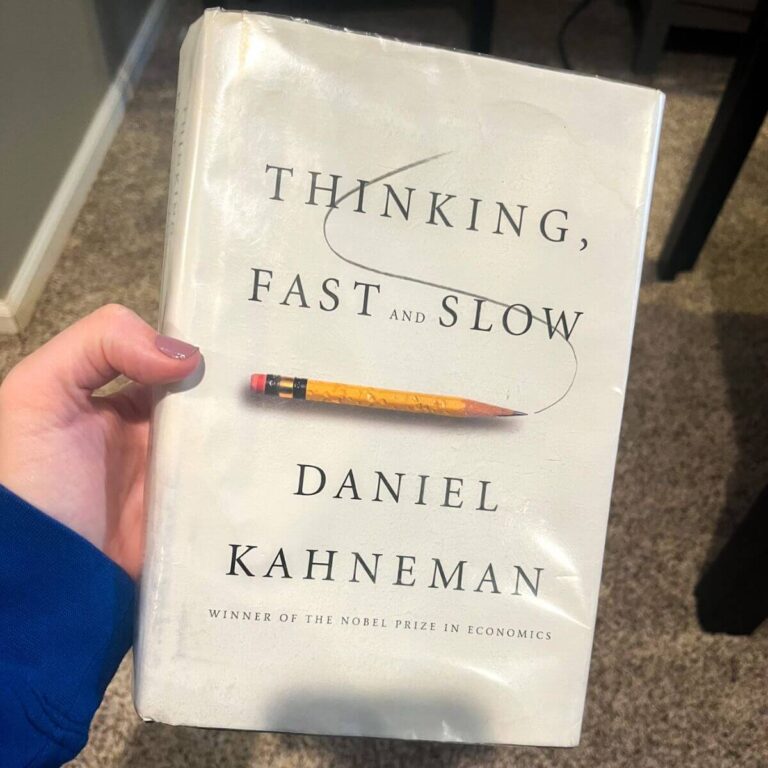Complete Book Summary of Atomic Habits by James Clear
Atomic Habits by James Clear has become one of the most famous books of the laws of behavior change and habit formation out there. It’s worth the read if you’re looking for a practical guide to change your habits in the real world.
Here’s a summary of the main points and key takeaways from the book to help you remember and better understand before you read my book review.
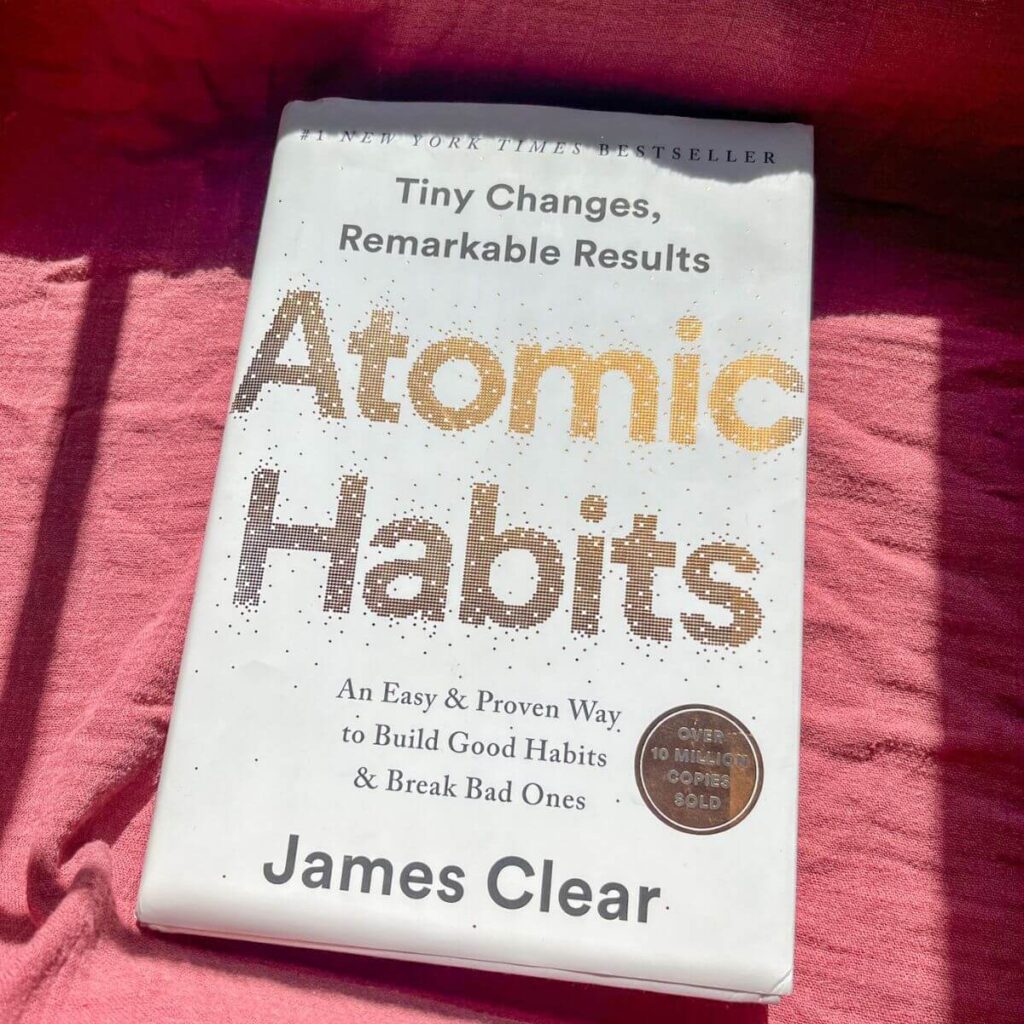
This post may contain affiliate links. Please read our disclosure policy.
The Fundamentals
“Success is the product of daily habits—not once in a lifetime transformations.”
The Surprising Power of Atomic Habits
Small habits and changes make a big difference in the long run as they compound, so we should be trying to get 1 percent better every day. It may seem slow and frustrating, but progress isn’t linear. The results often lag behind our effort, so it can be easy to think you’re making no progress and give up.
So focus on your systems, the processes that you use to achieve goals, instead of the goals i.e. the results themselves. The purpose of building systems is what makes positive change and gets results while also helping change our own habits for the long run.
How Your Habits Shape Your Identity (And Vice Versa)
Outcome-based habits focus on what we want to achieve in an effort to change ourselves. Identity-based habits, focus on who we want to be which in turn changes our actions and outcomes. We need to be focused on identity-base habits and identity change so that we change the way we think about ourselves.
So first decide the type of person you want to be when goal setting. Then, prove it to yourself with small improvements and wins through your daily routine and habits.
How to Build Better Habits in 4 Simple Steps
Habits can be broken down into cue, craving, response, and reward. The cue is what triggers your brain to a behavior, and craving is the motivational force behind the habit. The response is the actual habit, and the reward is the end goal.
The reward becomes associated with the cue, and a habit loop is created.
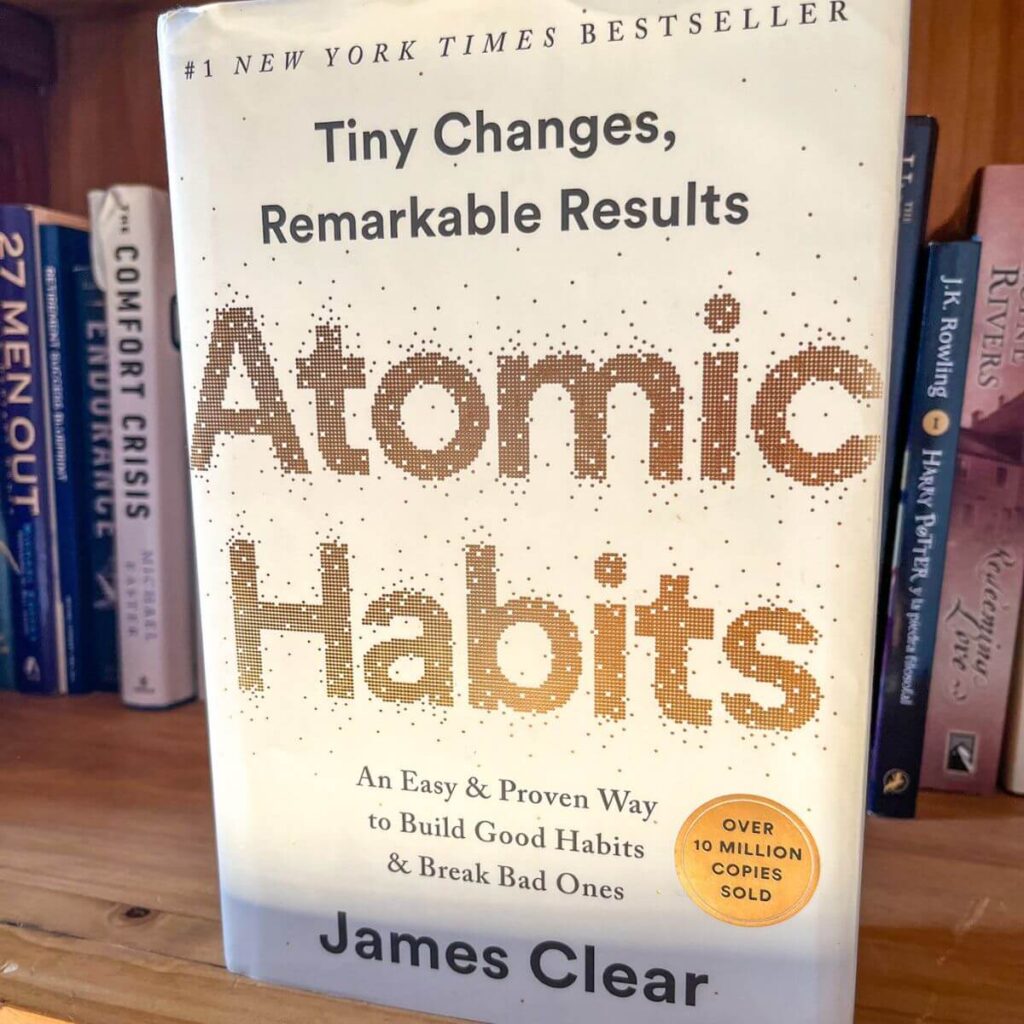
The 1st Law- Make it Obvious
The Man Who Didn’t Look Right
Our brains often pick up cues subconsciously, so we do most habits without thinking on any given day. Make a habit scorecard by writing down everything you do and rating each thing as positive, negative, or neutral. To make yourself more aware of habits, try Pointing-and-Calling where you point and say out loud everything you’re doing.
The Best Way to Start a New Habit
When starting a new habit, be specific about the time and location you’re going to do it. Try habit stacking, which is adding your new habit right after something you already do every day.
Motivation is Overrated; Environment Often Matters More
Your environment subconsciously holds cues for tons of habits, especially visual cues, and can potentially be your greatest threat. Change your environment to change your habits especially by making a new visual cue for a new habit within your environment. And remember, it’s easiest to start a new habit in a new environment or make a major change to your current environment.
The Key to Self-Control
The key to self-control working to break habits is to not put yourself in tempting situations. To get rid of bad habits, remove the cues. The inverse of making a good habit obvious is making a bad habit invisible.
The 2nd Law-Make It Attractive
How to Make a Habit Irresistible
Habits work on a dopamine-driven feedback loop which is released during the cue for wanting something. And the human brain loves the immediate rewards which reinforces. Temptation bundling helps by combining a thing you need to do with a thing you like to do.
The Role of Family and Friends in Shaping your Habits
It’s normal for humans to want to belong, so many of our habits are based on the people around us. We tend to imitate the habits of those closest to us, the largest groups, and those we perceive as powerful. So for your desired new habit, join a group with that behavior that you already have something in common with.
How to Find and Fix the Causes of your Bad Habits
When a habit addresses an underlying motive successfully, you develop a craving. Habits seem most attractive when associated with positive feelings, so you can learn your associate a hard habit with a positive experience. The inverse of this is to make a bad habit unattractive or associated with a negative experience in order to break the habit in an easy way.
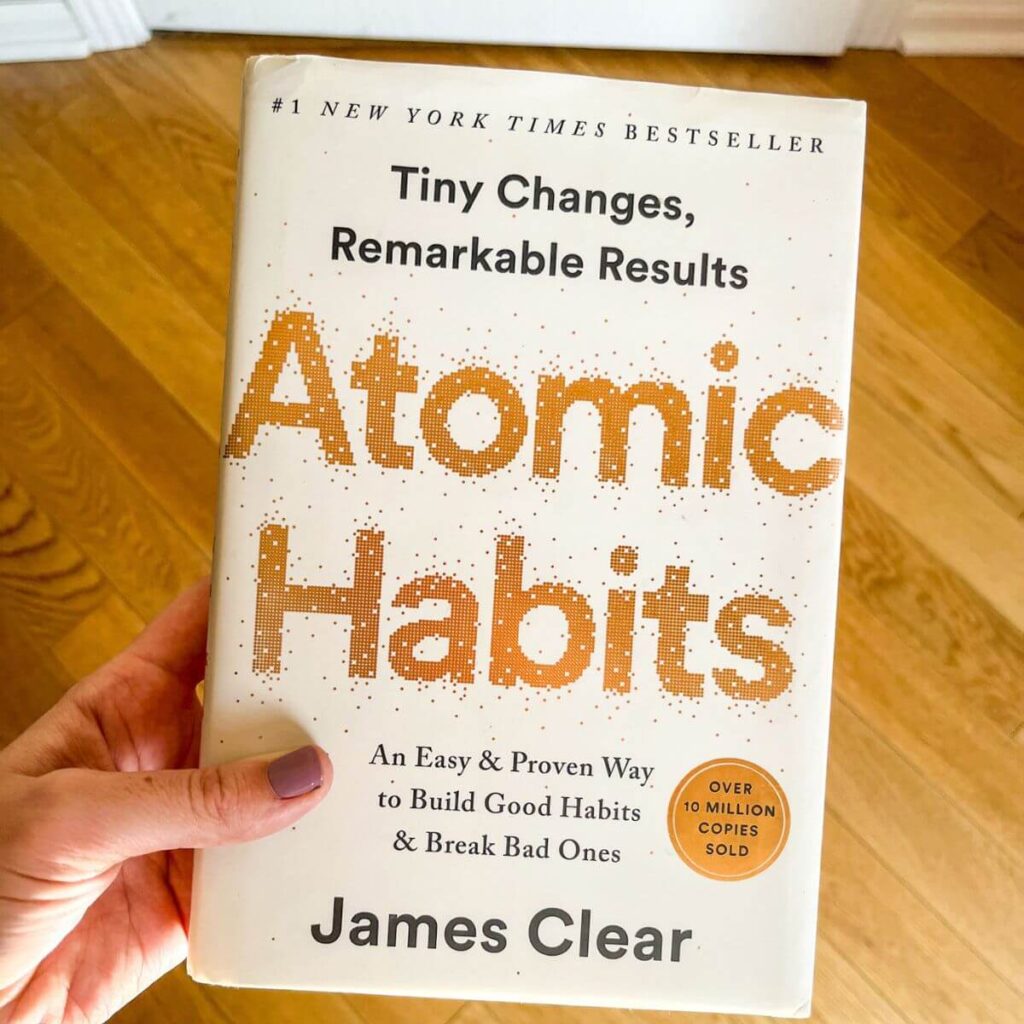
The 3rd Law-Make It Easy
Walk Slowly But Never Backwards
For new habits, repetition is more important than perfection. Building habits is tied to how frequently you do the habit, not how long you do it. So tiny changes may seem tedious, but it’s more important to just keep going.
The Law of Least Effort
Our brains are wired to conserve energy, so when given two similar options we’ll tend towards the easier one. So its a good idea to make your new habits take less effort, like choosing a gym that’s already on your route. The key is to remove points of friction in your environment, or things that take more effort, slow you down, or small things that make habits more difficult.
You can prime your environment for the future by getting everything ready ahead of time to perform a habit. Inversely, you can break bad habits by making them cumbersome or more difficult to perform.
How to Stop Procrastinating by Using the Two-Minute Rule
We often try to start too big, so a new habit should take under two minutes. This repetition helps you master showing up, and, only then, you can start improving upon the habit.
How to Make Good Habits Inevitable and Bad Habits Impossible
Inverting the 3rd Law, make bad habits difficult to help break them. Try using a commitment device, something you do now to prevent bad choices in the future.
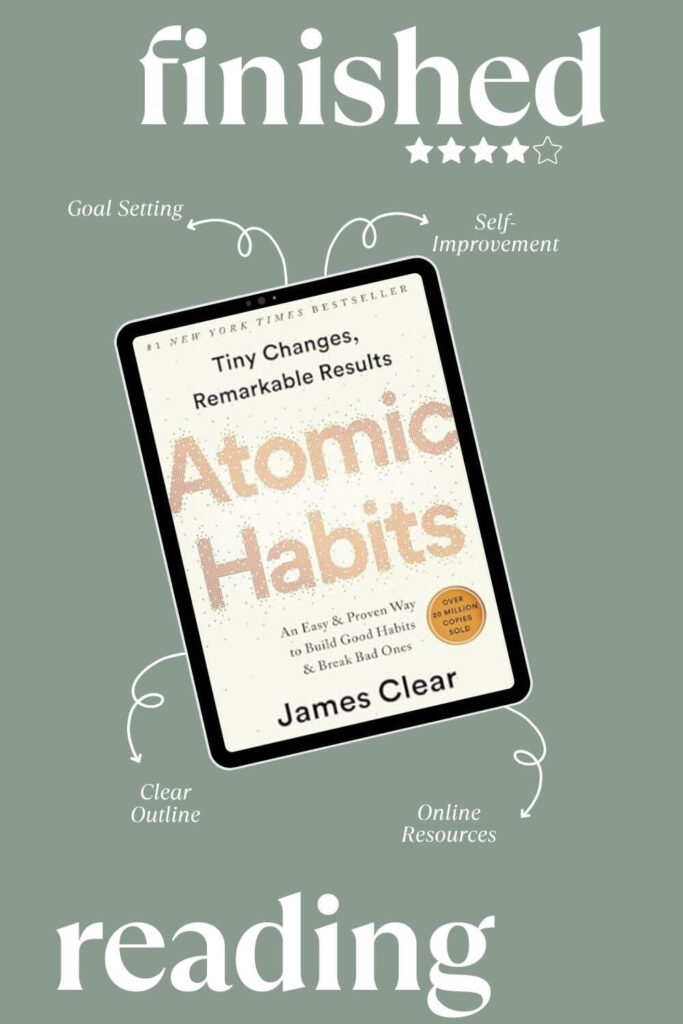
The 4th Law- Make It Satisfying
The Cardinal Rule of Behavior Change
Something that’s satisfying and evokes positive emotion is likely to be repeated. And the more immediate the satisfying response, the better the habit will be enforced. Because most habits are delayed gratification, try adding some immediate positive reinforcement after completing a habit like a small reward that still aligns with the person you want to be.
How to Stick with Good Habits Everyday
Start a habit tracker-writing down, marking off, or keeping track if you did a habit each day (no matter how well). Then, try not to break the chain. If you miss once, don’t get down on yourself just don’t miss two days in a row.
How an Accountability Partner Can Change Everything
Inverting the 4th law to break habits means making it unsatisfying, and you can do this by having an immediate punishment after a bad habit. Make a habit contract that you sign outlining the consequences of not doing your new habit, with someone else to keep you accountable.
Advanced Tactics
The Truth About Talent
Habits are easier and more enjoyable when they align with your nature strengths that come from personality and genetics. Choose habits that suit you, or create new ones tailored to you. However, genes don’t eliminate the need for hard work.
The Goldilocks Rule: How to Stay Motivated in Life and Work
The Goldilocks Rule means that we perform our best when tasks are right on the edge of level of ability, not too easy but not impossible. The biggest threat to habits once they are established is boredom. Successful people work through the boredom or low motivation.
The Downside of Creating Good Habits
Habits can become so automatic that we stop noticing little mistakes, so we must combine habits with deliberate practice to achieve mastery. Continue to do reflection and review to remain conscious over habits and if they’re still in your best interest.
Conclusion: The Secret to Results that Last
Success with habits has no finish line, so it’s about continually getting a little bit better. All these small changes and tiny positive habits compound together to make big changes.
Read the Full Book Review
Now that you remember all the key points in the book, read the full review here. If you’re looking for the book to get the full effect and all of the main points with the additional resources in the book, you can find it here.
